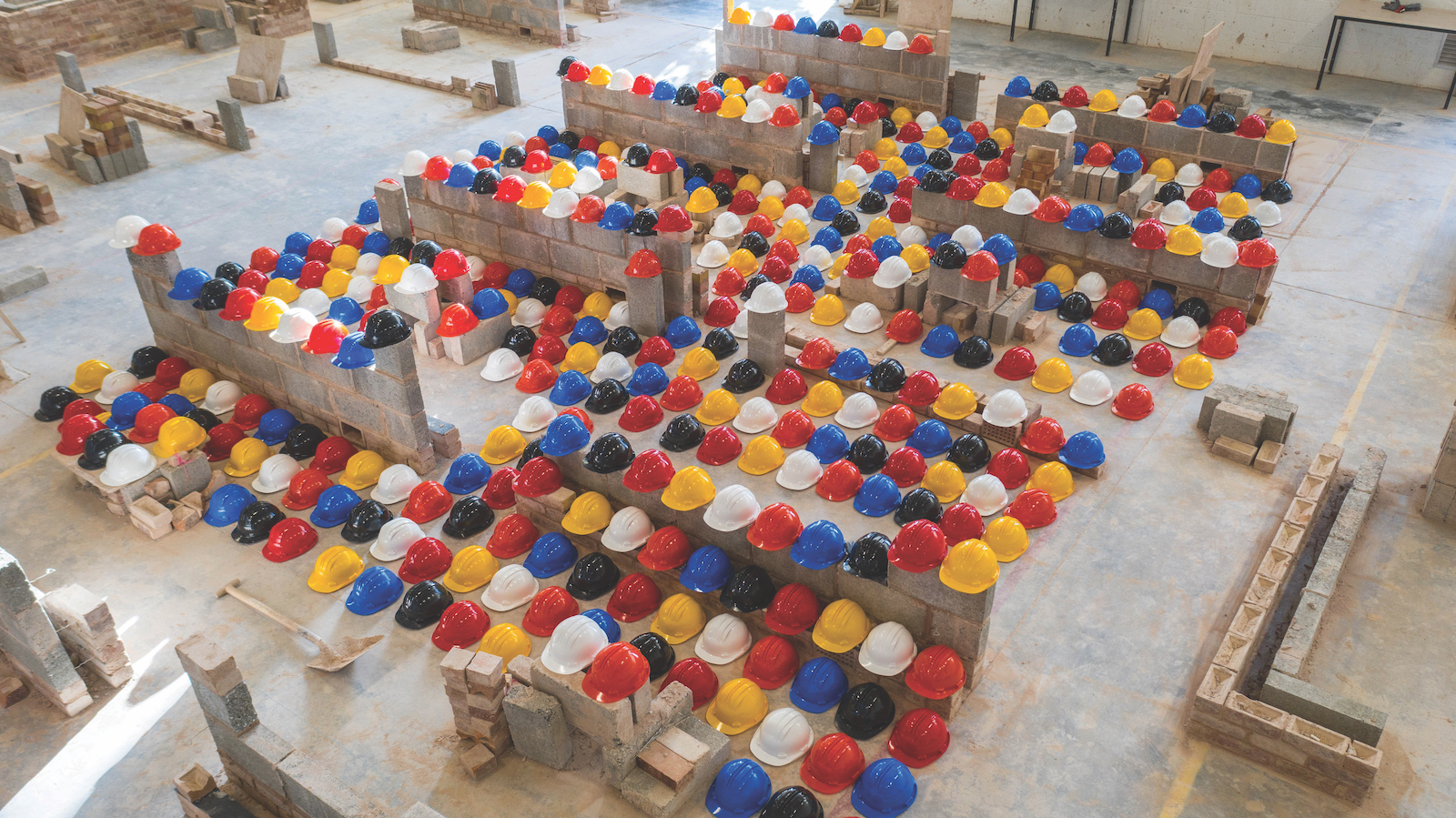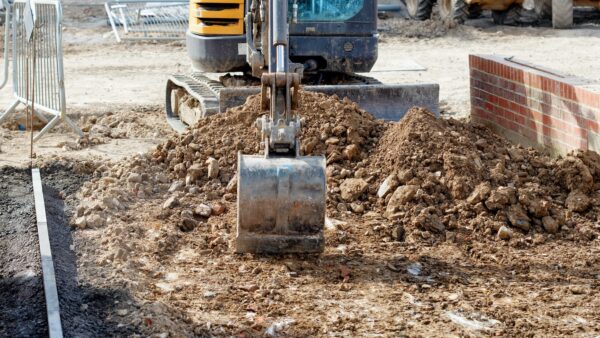
Construction suicides in England and Wales have hit their highest level since analysis began.
That is according to data compiled by professor Billy Hare of Glasgow Caledonian University (GCU), which shows the suicide rate for construction occupations in England and Wales in 2021 was 34 per 100,000 in employment.
Professor Hare, director of GCU’s BEAM research centre, has been working with construction industry charity Lighthouse to analyse these yearly figures since 2017, after the publication of the Stevenson/Farmer report into workplace mental health first highlighted the data.
Each year, the Office for National Statistics (ONS) publishes suicide numbers by Standard Occupation Code (SOC), which professor Hare uses to calculate the rate per 100,000 employed in construction for comparison.

His latest research identified that the number of suicides in construction rose from 26 to 34 per 100,000 in the seven years to 2021. The figures mean that construction workers were nearly four times more likely to take their own life compared with other sectors last year.
Call for Scottish figures
Now professor Hare has called on the Scottish government to publish its own figures on construction suicides.
He said: “While it is unwise to react to a single year’s figures, the long-term rate of suicides is regrettably on an upward trajectory for those working in the construction industry, despite all the good work being done in recent years. This means we need to dig deeper to find and address the true root causes, and take collective action sooner rather than later.
“I would now urge the Scottish government to publish comparable Scottish data and stop using our smaller population as an excuse for inaction. The Welsh government publishes this data and I think it is in the public interest that we in Scotland see, at the very least, the Scottish construction occupational data for the same period.”
Bill Hill, CEO of the Lighthouse Construction Industry Charity, said: “More than 87% of our construction workforce are male and more than 50% of the sector is made up of self-employed, agency staff or zero-hour contract workers. Financial insecurity is a major factor for poor wellbeing in our workforce and the pandemic added greater anxiety and emotional burden.
“The industry and charities like ours have made huge strides in recognising and delivering programmes to improve wellbeing but the results from 2021 simply galvanise our resolve to do more. Our messages of support are not reaching the boots on the ground. We all have a moral responsibility and an economic imperative to work together to improve the wellbeing and welfare or our workers.”
Comments
Comments are closed.












Suicides were no where near what they are now since CDM regulations were introduced.
CDM has over complicated construction projects and facilitated that the industry is controlled and governed over by folk who have never built anything more complex than a sand castle. Pay workers better! If overtime is required make it LAW that increased rates are paid for weekends. Stop with the endless expensive stupid courses. Regulate recruitment agencies to be fully transparent and included the workers in that transparency!
Thank you Gerrard for this great insight 👍
How are they working out the maths? 2.2m in UK construction and at a rate of 34/100,000 that would mean 748/year not the 454 noted in the Leeds study (picture above says 54 but it was 454)
It’s not surprising, given the demands of the job and the lack of care for people in the industry, the poor pay (if/when you ever get paid), the lack of a quality of life and the outsourcing of jobs to organisations providing cheap labour, which is to say nothing of the lack of work/life balance, and pressures (often unreasonable) applied by Clients, Contractors and Designers to finish the work as quickly and cheaply as possible.
There seems to be a lot of angry people making comments here. That alone says heaps about the construction industry. All of them have something of value in their comments but quite simply all we have to do is treat people better but valuing them, being fair and doing what we say we are going to do – not just half of it